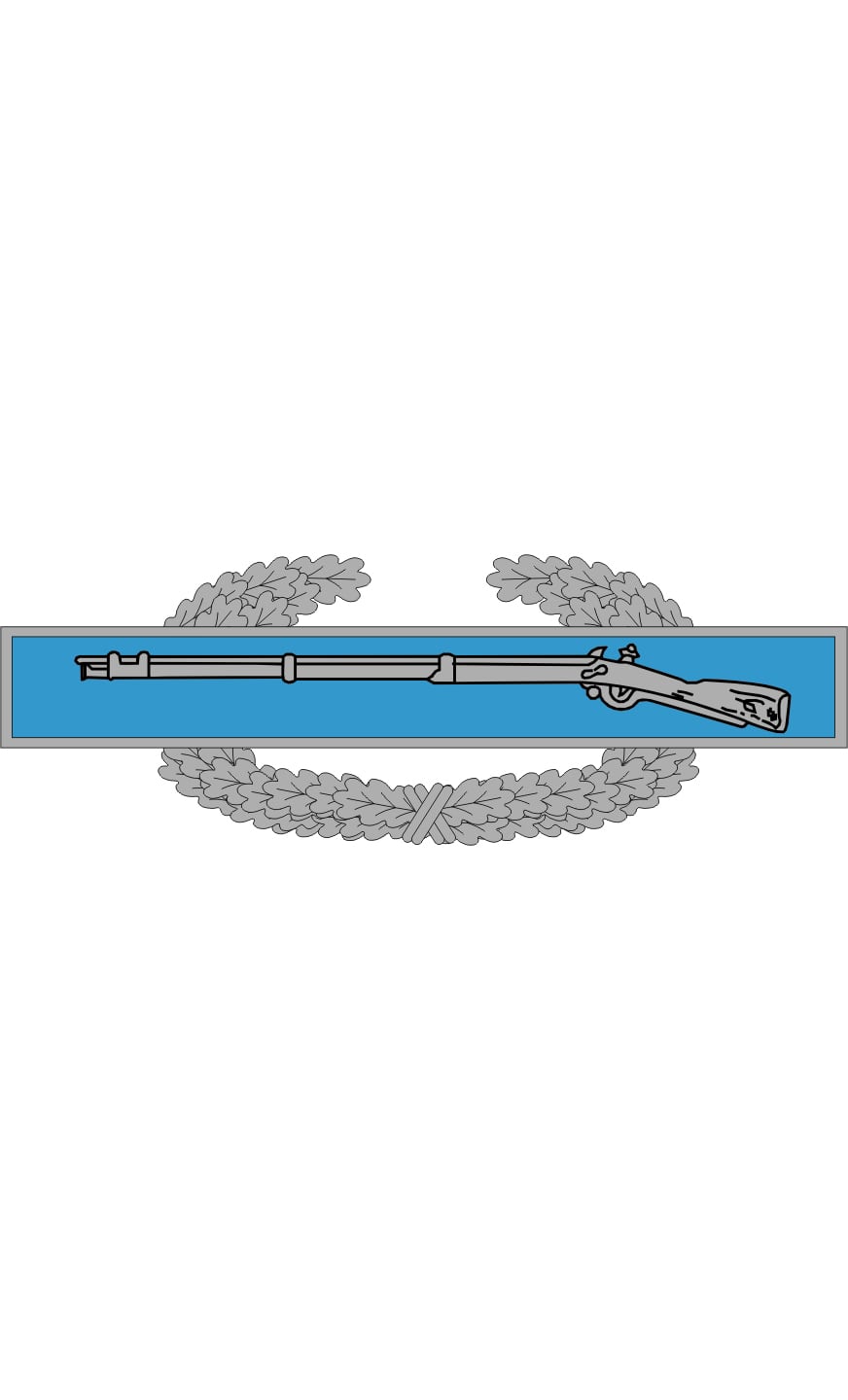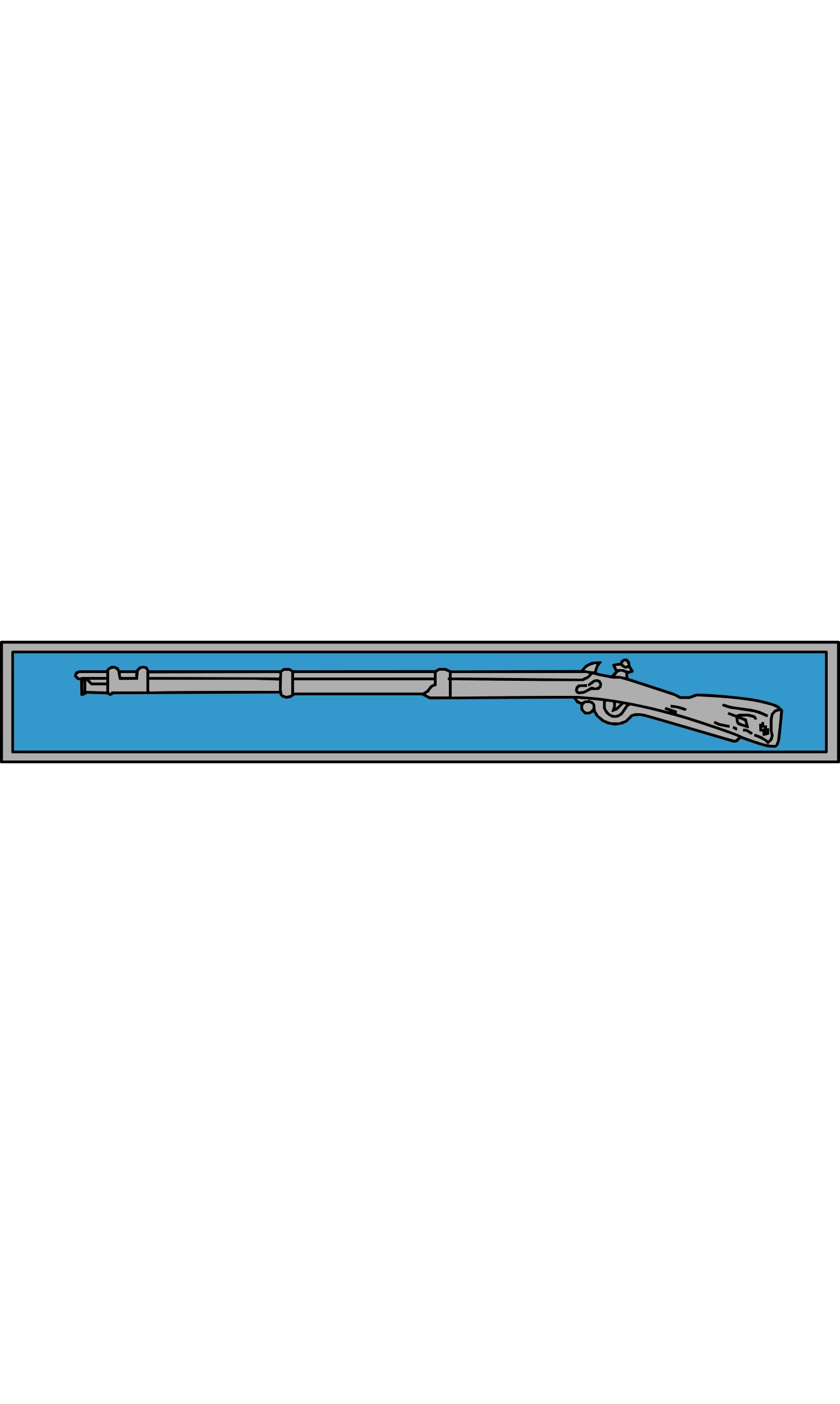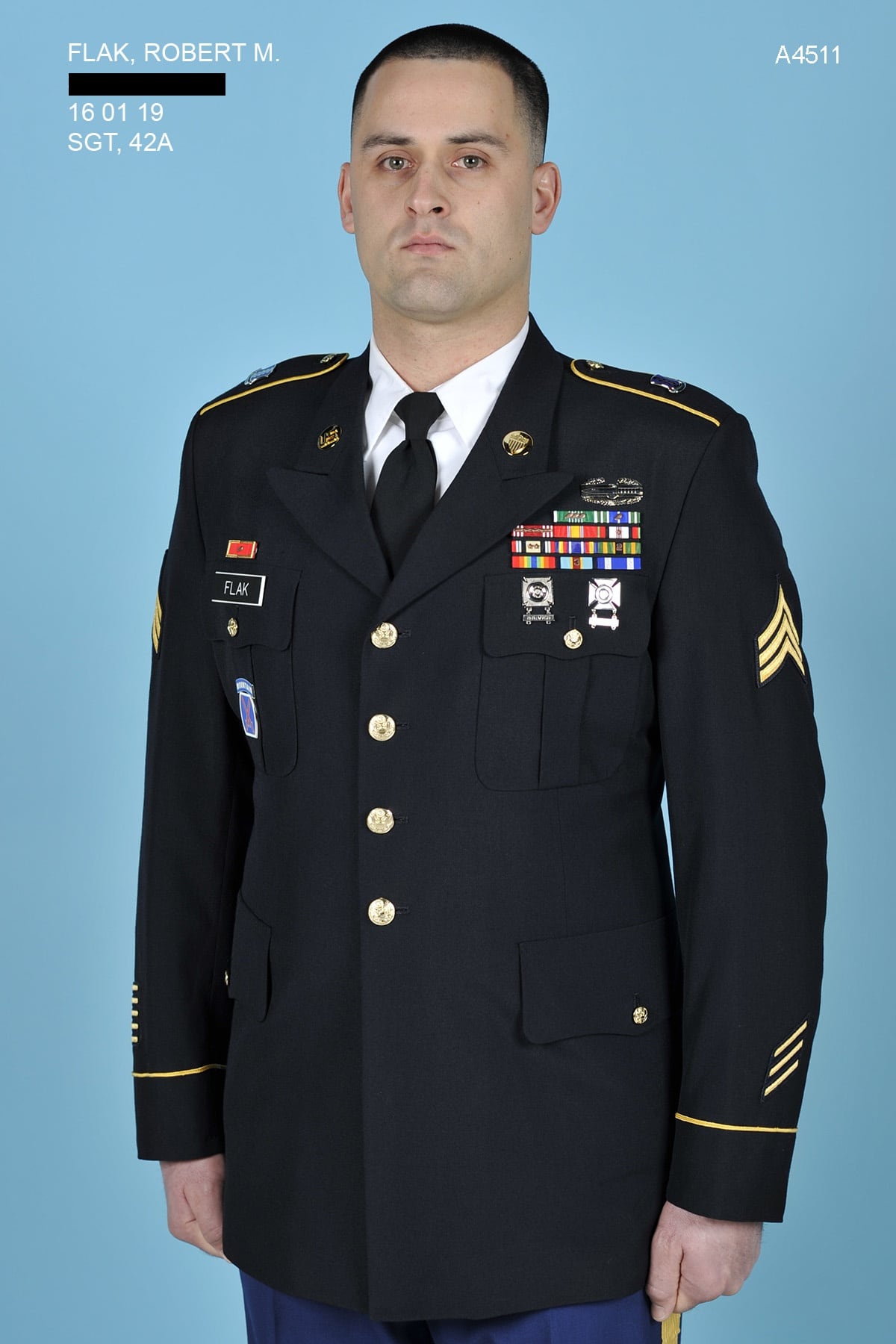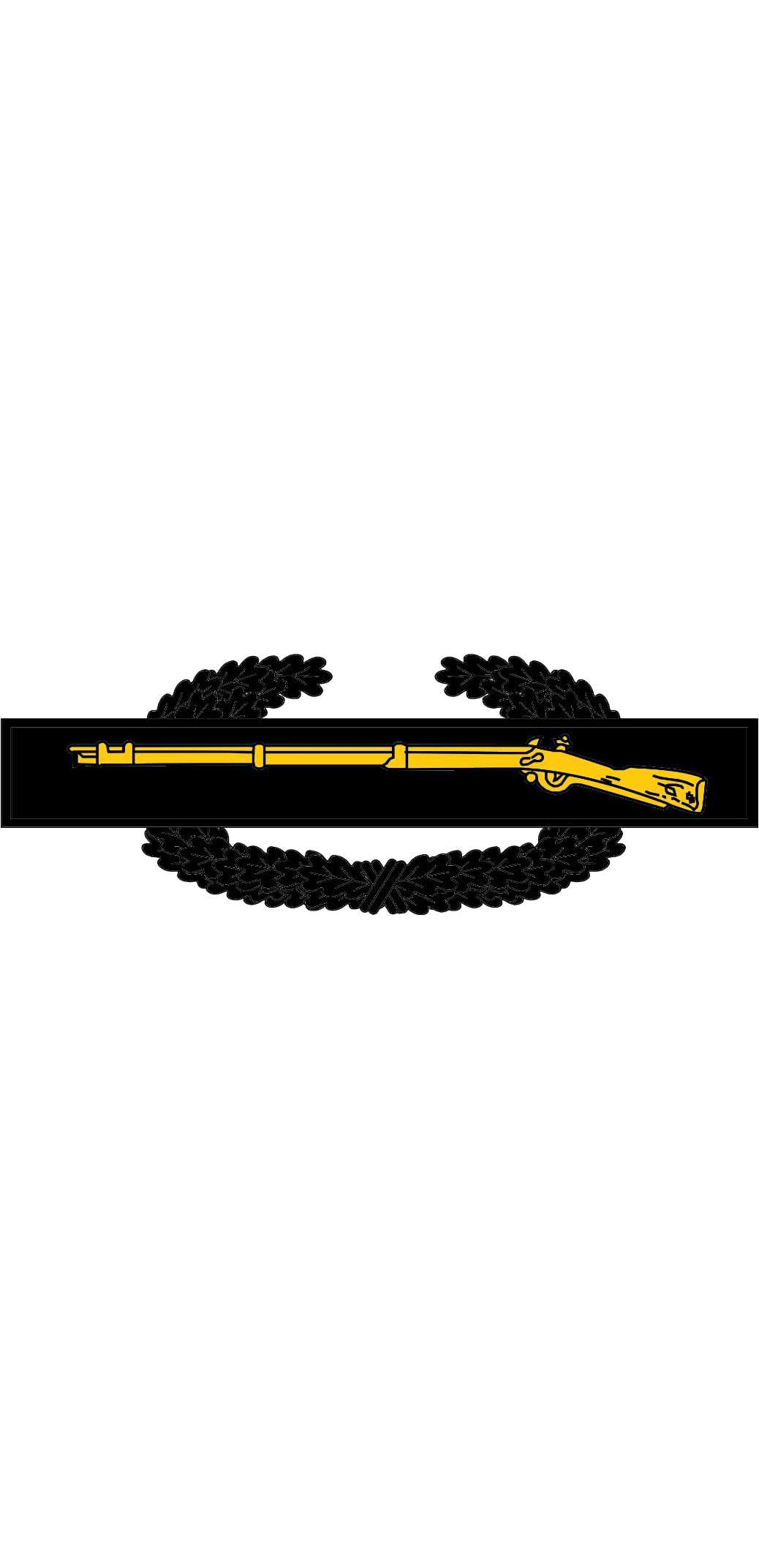When Sgt. Robert Flak first came up with the idea for an award for soldiers who have earned both the Combat Infantryman Badge and Expert Infantryman Badge, he didn't expect such an overwhelming response.
"I had people come out of the woodwork," Flak said, after an article about the proposed award, tentatively called the Master Infantry Badge, appeared in Army Times.
Many soldiers e-mailed Flak, a human resources specialist, directly. Others responded on the Army Times Facebook page and in e-mails to the paper's staff.
"For about two weeks, I read the comments," Flak said. "I'm not going to lie, some of them hurt, but more often than not, [the comments] were positive. That inspired me."
The positive feedback has spurred Flak to submit the paperwork required by the Army to get a new award approved by the Army.
Here's what you need to know.
What is the Master Infantry Badge?
Army combat and special skill badges are divided into groups in order of precedence, according to Army Pamphlet 670-1. The CIB, which was established during World War II and recognizes infantry and Special Forces soldiers in the ranks of colonel and below who engage in active ground combat, and the EIB, which recognizes infantrymen who have demonstrated a mastery of critical tasks and skills, are both in group 1.

The Combat Infantryman Badge has been awarded since World War II.
Photo Credit: File
Army regulations allow soldiers to wear "only one combat or special skill badges from either group 1 or group 2" above their ribbons on the dress uniform. This means the CIB and EIB cannot be worn together.
The Master Infantry Badge, which would represent both awards, would fix that. Flak debated calling it instead the Expert Combat Infantry Badge, or ECIB, but he decided Master Infantry Badge had more "clout and prestige." Staff Sgt. Rusty Hutchison, an infantryman and Flak's friend, helped the NCO develop the name MIB.
What does it look like?
Flak's design is a mix between the CIB and the EIB, with subtle color changes to signify what the new award would represent. The new badge would have a gold infantry musket and wreath instead of the usual silver.
Since going public with his proposal, Flak has talked to experts at The Institute of Heraldry, which is responsible for research, design, development, standardization, quality control and other services relating to the creation and custody of official heraldic items.
Flak said he learned that the award, as he designed it, "technically already exists." It is meant to signify a fifth award of the CIB.
"But nobody's ever gotten it, nobody would ever get it," Flak said he was told. "Why would we have an award that nobody could ever get?"

The Expert Infantryman Badge recognizes infantrymen who've demonstrated a mastery of critical tasks and skills.
Photo Credit: File
Flak plans to submit his award design and, if it's approved, seek a new name and policy change.
And because the proposed award looks so much like the existing CIB, it would not cost the Army any more money to produce, Flak said.
How do you earn a Master Infantry Badge?
Soldiers who have earned both the CIB and the EIB would qualify for the Master Infantry Badge, if it's approved, Flak said. He would seek to retain the same approval authority – the first colonel in the soldier's chain of command.
"If I'm not mistaken, the CIB and EIB both [require] brigade commander approval," he said. "From my standpoint, it should stay the same. As an S1, if someone comes to me for orders for an MIB, I'd ask to see both the CIB and EIB, then I'd generate orders to send to the first O-6 for a decision."

Sgt. Robert Flak is proposing a new award that would recognize soldiers who've earned both the Combat Infantryman Badge and Expert Infantryman Badge.
Photo Credit: Courtesy Sgt. Robert Flak
In his application packet, Flak also plans to propose that the MIB be worth 65 promotion points.
The CIB and EIB each are worth 30 promotion points. Soldiers with the MIB would gain five extra points, under Flak's proposal, "to recognize you as a master in your craft," he said. "That extra five points could help" soldiers gain an edge when competing for promotion.
How do you get a new award approved by the Army?
The soldier must submit an award recommendation though his chain of command. The submission goes to the Army Chief of Staff via the Awards and Decorations Branch at Human Resources Command, and it must go through the staffing process to ensure appropriate reviews.
Submissions must include information on training requirements or proficiency levels required for the award; input from the appropriate proponent or Army command; the award approval authority; an outline of basic eligibility requirements; and a description of the proposed badge.

Sgt. Robert Flak's proposal for a new award recognizing soldiers with the Combat Infantryman Badge and Expert Infantryman Badge includes a subdued version for wear with the Army Combat Uniform.
Photo Credit: Sgt. Robert Flak
Three new badges have been approved by the Army since January 2011, including the Space Badge, Master Recruiter Badge and Army Instructor Badge.
What's next?
Flak recently moved from Fort Campbell, Kentucky, to Texas for recruiting duty, but he still plans to submit a proposal for the MIB. He's already talked to his recruiting center leader, a sergeant first class, to get the OK to pursue this on his own time.
He's also working with Vanguard Industries, which specializes in military insignia, to possibly get a couple of prototypes of the award to submit alongside the packet.
Flak said he plans to work on his submission "very shortly," and he hopes commanders throughout the staffing process will sign off on his proposal.
Infantrymen across the Army deserve to be properly recognized, Flak said.
"They're the ones keeping me safe at night, they're the ones out there," he said. "Why can't they get recognition for something like this?"
Michelle Tan is the editor of Army Times and Air Force Times. She has covered the military for Military Times since 2005, and has embedded with U.S. troops in Iraq, Afghanistan, Kuwait, Haiti, Gabon and the Horn of Africa.




